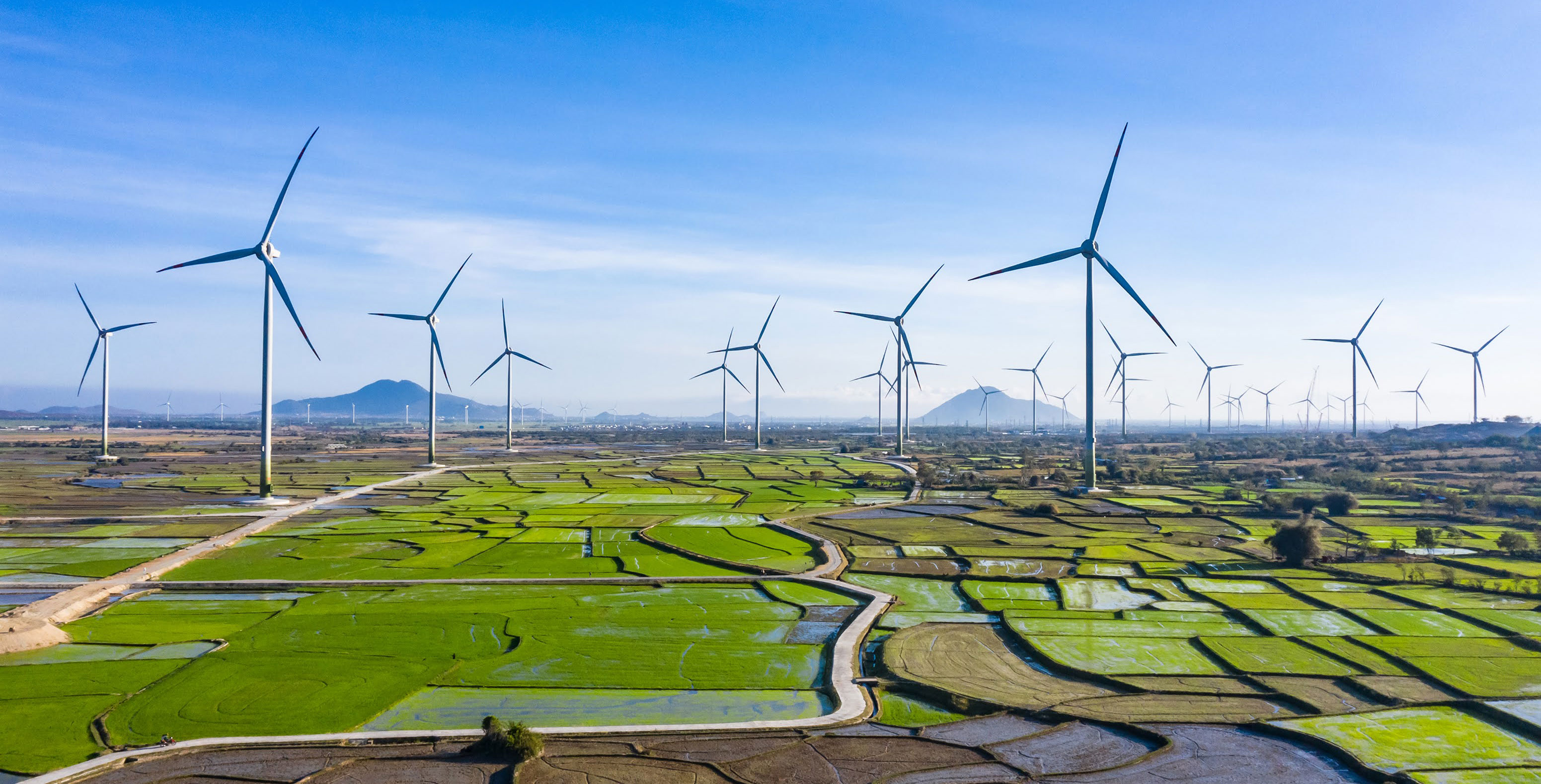Vietnam Announces Regulations on Feed-in Tariffs for Renewable Energy
The Vietnamese government announced Regulation No. 19/2023/TT-BCT on November 1, 2023, establishing the mechanism for feed-in tariffs for renewable energy. The regulation officially took effect on December 19, 2023, with rates to be published annually. The applicable energy types include ground-mounted solar, floating wind, onshore wind, and offshore wind. Solar rates vary by region, with separate rates for the northern, central, and southern regions. Solar projects operational before January 1, 2021, and wind projects operational before November 1, 2021, are not subject to the constraints of the new pricing mechanism.

Background:
The solar feed-in tariff announced by the Vietnamese Ministry of Industry and Trade in 2017 was 9.35 US cents per kWh, approximately 2.86 Taiwanese dollars per kWh, applicable to projects completed before December 31, 2020. The wind power feed-in tariff announced in 2018 (onshore wind: 8.5 US cents per kWh, approximately 2.4 Taiwanese dollars per kWh; offshore wind: 9.8 US cents per kWh, approximately 2.7 Taiwanese dollars per kWh) applied to wind projects completed before October 31, 2021, and transitional projects unable to meet the aforementioned deadline.
Electricity generation price (VND/kWh) = Average fixed price (VND/kWh) + Fixed O&M costs (VND/kWh)
The calculation method for the average fixed price is as follows:
Average fixed price=Annual adjusted investment capital for construction (excluding VAT ( VND) / Average multi-year delivered electricity (kWh)
The calculation method for operation and maintenance costs is as follows:
Fixed operational and maintenance costs=Total fixed operation and maintenance cost (VND) / Average multi-year delivered electricity (kWh)
Other parameters include the power plant’s operational lifespan (20 years), the foreign currency to Vietnamese dong debt ratio (80/20), debt to equity ratio (70/30), and the average debt repayment period (10 years).
The rates will be determined by the Vietnam Electricity Corporation (EVN), responsible for selecting “standard solar and wind projects” as the basis for rate calculation by November 1st each year. The relevant calculations will be submitted to the Electricity Regulatory Authority of Vietnam (ERAV) for approval and publication.
According to English reports, the rates are not applicable for the entire lifecycle (e.g., 20 years) but vary annually, leading to higher uncertainty in development investments. Furthermore, solar rates vary by region, affecting investment targets for developers. Lastly, the feed-in tariff mechanism does not include adjustments for exchange rate fluctuations.
Source: Vocus | Link
Visit our service | Link



